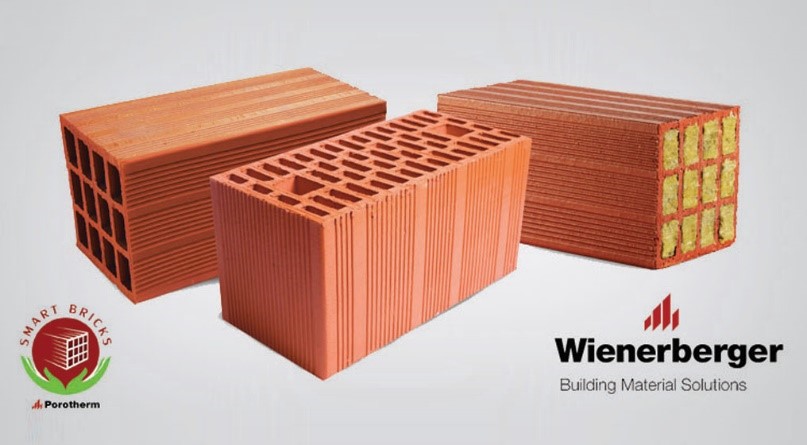Cracks in walls can be visually very disturbing, but more than that they are a serious indication of structural distress or conceivably unsafe conditions. Cracks can appear in brittle construction materials like concrete, tile, wood, sheetrock, stone, stucco and bricks. But did you know, new buildings are more prone to cracks? Thinking why? read on to explore the reason behind cracks in walls of new house.
Well, if it’s your 1st year in your newly constructed home, you might notice small cracks popping on the walls. These cracks in walls are typically caused by the regular settling and drying that a new building structure experiences as it cycles through its first year. So, let’s find out what’s normal, and what demands immediate attention.
What Causes Cracks In Walls Of New House?
Contraction and expansion of building materials due to fluctuations in temperature and moisture content cause cracks in walls. Such cracks do not represent a structural concern. Construction materials like Concrete, grout, mortar, and stucco can shrink and further crack months after construction as these slowly dry off and lose the moisture content. The concrete floor, walls, plaster, and lumber of an average new-construct house holds around 4,000 liters of water, most of which evaporates during a home’s first year.
Temperature fluctuations cause construction materials to expand and contract almost daily and seasonally. And due to these regular fluctuations, cracking is expected, this is one major reason why construction joints in materials like concrete, brick, tile, and stucco are used by the builders. The joints permit stress relied in the form of measured cracking along a pre-determined placement. Also note, cracks most often stem from doors and windows, this is because these wall openings act as huge construction joints to release stresses.
Another important thing to note is that all foundations experience a certain degree of movement, hence soils that support the building foundation may consolidate and settle due to the weight of the structure. Soil moisture fluctuations and heave resulting out of frost activity might also result in swelling and shrinkage.
Most of the building foundations are planned for up to 1 inch of soil movement; but, in highly expansive soil areas, slab foundations can be planned for up to 4 inches of soil movement. When the foundation moves, the entire building structure moves which can result in some degree of distortion, racking, and cracking. The foundation needs to be designed to preserve structural integrity and tolerate movement, but few cracks are unavoidable. And in new buildings or homes, the soils take time to adjust to the new foundation and landscape irrigation.
When To Worry?
As mentioned soils take time to adjust to the new building foundation and this is one reason why builders prefer to wait until the end of one year to carry out repairs. While most of the cracks are cosmetic in nature, how do you spot if the crack is a true structural concern?
According to a general engineer’s guideline, cracks which are hairline up to 1/8 inch in width are negligible to slight, 3/16 – 9/16 inch are moderate, 9/16 – 1 inch is severe and over 1 inch are very severe (Forensic Geotechnical and Foundation Engineering, R. W. Day, 2011).
Generally, cracks are considered vertical, horizontal or diagonal:
- Narrow Vertical Cracks – most often caused by normal shrinkage or normal settlement. These cracks do not indicate structural defects.
- Wide Vertical Cracks – the ones that exceed 3mm in width, generally caused by substantial settlement issues and demand detailed engineering inspection and evaluation.
- Horizontal Cracks – these are more to be worried of than the vertical ones, especially in block foundation walls. These can be permanently repaired, without the need of complete replacement, but only if the inward movement is not excessive. If the inward movement of a cracked foundation wall surpasses 25mm, the wall should be completely replaced.
Cracks in foundation walls characteristically occur within several years after a house is built, but again exceptions are always there.
Can Excess Moisture Be Blamed?
Constructional defects like cracks in walls of new house are initiated and aggravated by the presence of moisture. Excess water is the cause of several complications like moist and unhealthy indoors, color degradation, calcination, corrosion, loss of strength, and cracks.
 Hence, construction materials with low water absorption properties and faster drying behaviour are always to be preferred considering long-term strong & healthy existence of the building envelop, like the POROTHERM Clay Bricks. Advantages of using porotherm over other walling materials are:
Hence, construction materials with low water absorption properties and faster drying behaviour are always to be preferred considering long-term strong & healthy existence of the building envelop, like the POROTHERM Clay Bricks. Advantages of using porotherm over other walling materials are:
- Rate of dissipation (Losing water to atmosphere) – direct influence on faster drying of walls is fastest in POROTHERM Clay Bricks
- Retention/ water absorption of water is lowest in POROTHERM Clay
- The bricks dissipate the moisture in record time thereby directly influencing the drying behaviour the wall.
All in all, Porotherm can play a momentous role in preventing cracks in new buildings. For more information on Porotherm call +91 4149 1682 or mail us at marketing@wienerberger.in, or visit us at www.wienerberger.in.
Final Thoughts
Minor creaks, groans, and cracks in walls of new house all are a part of the happiness of living in a brand-new house. But, it is important to contact your builder/contractor right away if you become concerned that a serious issue may be developing.
Authored by a Building Expert from http://artedgeek.com/2014/12/11/teaching-art-or-teaching-to-think-like-an-artist-cindy-foley-tedxcolumbus Wienerberger India
For an expert advice, drop a word at our email id gosmartbricks@gmail.com












